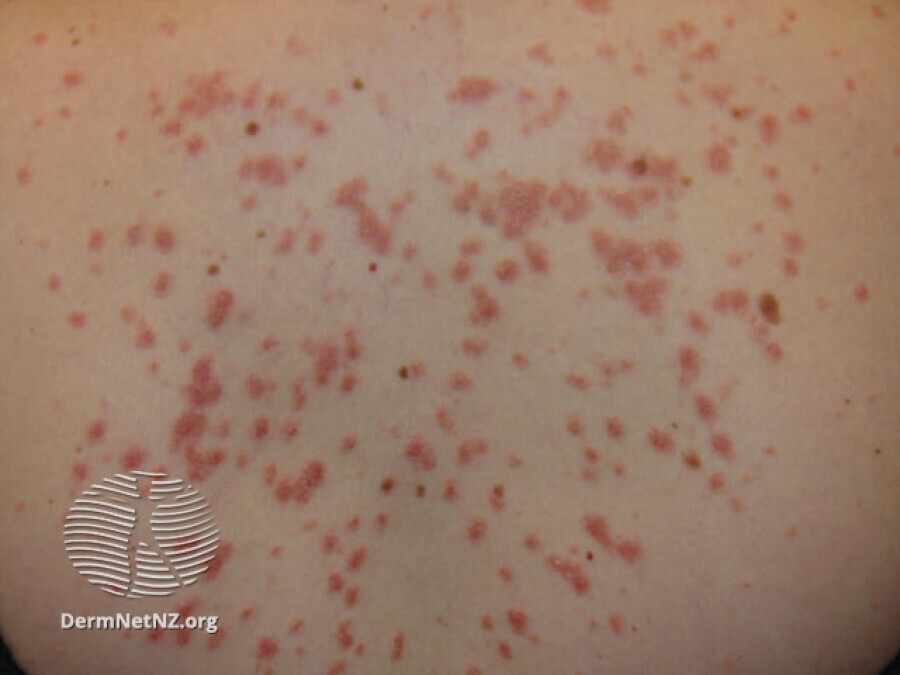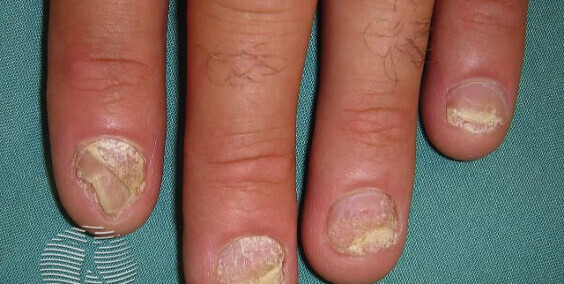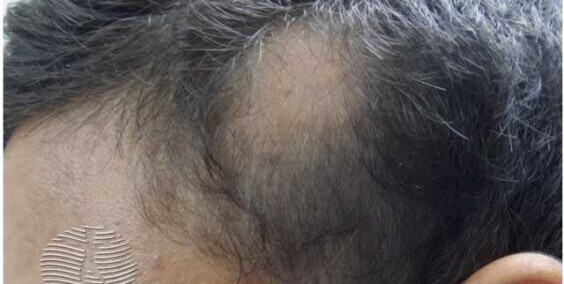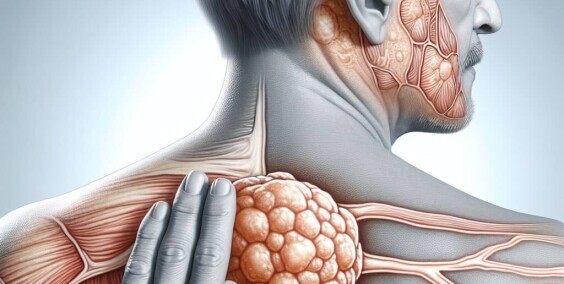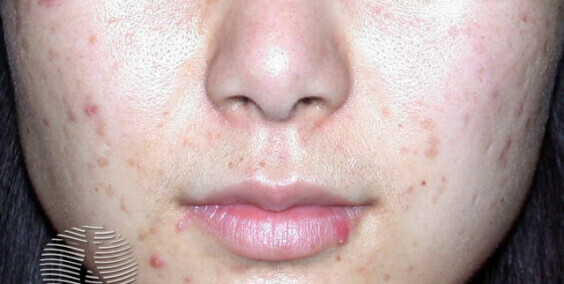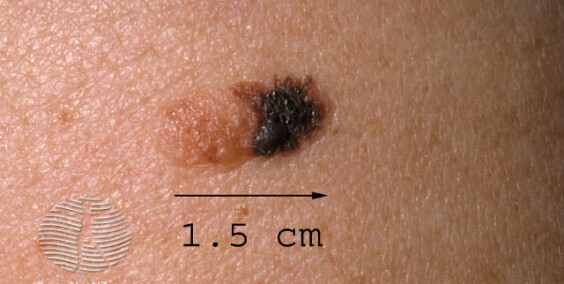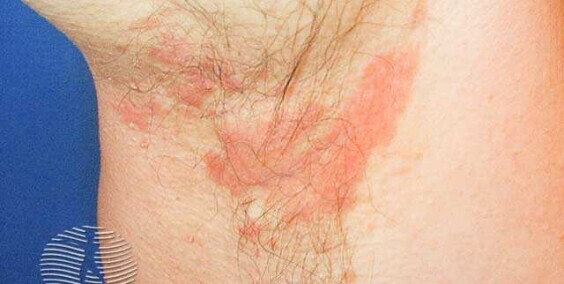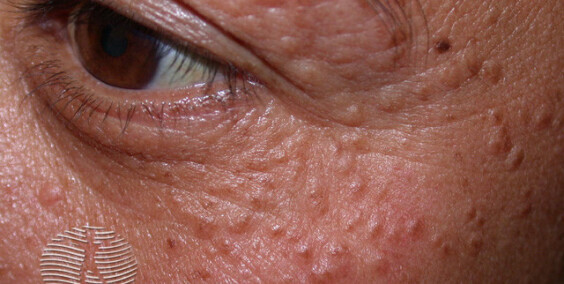Guttate psoriasis, a lesser-known form of this skin condition, has
distinctive features that set it apart. In this article, we'll delve
into the details of guttate psoriasis, exploring its symptoms, common
triggers, and effective management strategies. For a better understanding of plsoriasis, don't forget to check out related articles on plaque psoriasis, scalp psoriasis, and types of psoriasis.
Understanding Guttate Psoriasis
Symptoms:
Guttate psoriasis manifests as small, teardrop-shaped red spots on the skin, often finer than those in plaque psoriasis. These spots commonly appear on the trunk, limbs, and scalp, creating a distinct pattern that sets guttate psoriasis apart.
Common Triggers:
Triggers for guttate psoriasis can vary, but a common catalyst is streptococcal infections, particularly strep throat. Stress, skin injuries, and certain medications may also contribute to flare-ups.
Identifying Guttate Psoriasis
Distinguishing Features:
Recognizing guttate psoriasis involves understanding its unique appearance. While not as thick as plaque psoriasis, the spots are more widespread, covering larger areas of the skin.
Diagnosis:
Healthcare professionals often diagnose guttate psoriasis based on visual examination and a review of medical history. In some cases, a skin biopsy may be conducted for confirmation. You can quickly online check your skin by using our AI service, it is fast reliable and you can do it from your home,
Managing Guttate Psoriasis
Topical Treatments:
For mild cases, topical treatments like corticosteroid creams or ointments are effective in reducing inflammation and promoting healing. These treatments are commonly used to manage guttate psoriasis symptoms.
Phototherapy:
In cases where guttate psoriasis is more persistent or widespread, phototherapy, involving controlled exposure to UVB light, may be recommended to slow down the excessive growth of skin cells.
Coping with Guttate Psoriasis
Avoiding Triggers:
Preventing infections, especially strep throat, is crucial in managing guttate psoriasis. Good hygiene practices, prompt medical attention for infections, and understanding individual triggers are key components of successful management.
Emotional Well-being:
Living with any form of psoriasis can be emotionally challenging. Seeking support from friends, family, or participating in support groups can provide comfort and understanding during the journey.
Guttate psoriasis may be less familiar, but understanding its symptoms, triggers, and management options is vital for those affected. If you suspect you have guttate psoriasis, seek medical advice for an accurate diagnosis and appropriate treatment. Stay informed and explore related articles on different types of psoriasis.

